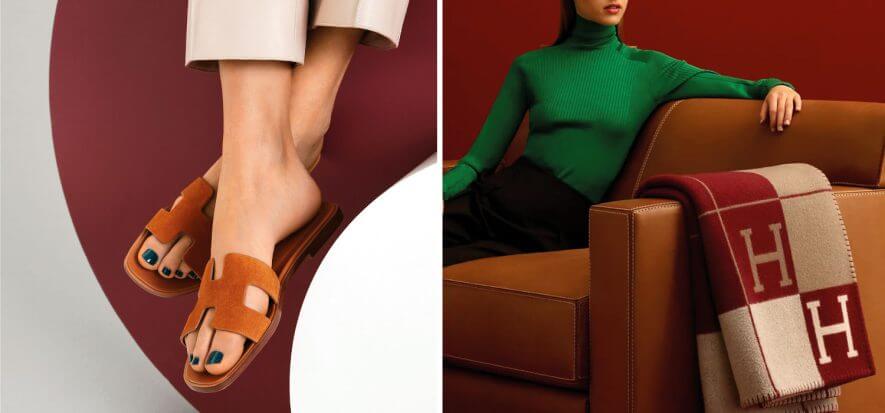“Hermès has a demand 4 to 5 times its offering”. It knows that some luxury analysts claim the French brand is the most resilient luxury company when it comes to crisis”. But it’s not just a matter of the availability of offers, as there are other factors. It’s not by chance that other luxury brands are trying to replicate Hermès’ strategy. During prosperous period the French brand grows slightly less, but when consumption slow, other brands lose ground and Hermès remains resilient. It’s been doing it since the start, and always manages to do it. Now, this is becoming a cultural hegemony, and even its competitors are attempting to understand how it does and how to copy Hermès.
Hermès’ cultural hegemony
The stock prices of luxury companies has been widely negative: Tod’s -17%, LVMH -20%, Moncler and Ferragamo -21%, Prada -25%, Kering -27%, Richemont -29%, Burberry -33%. Only Cucinelli and Hermès limited the damage (-2% and -3% respectively). Why? Because they target the true wealthy, or the “true consumers of luxury goods”, the ones “continuing to buy, even if a bit less, without accepting compromises on quality”, says Massaro of Barclays (source Financial Times). Michael Kliger, CEO of luxury e-commerce platform Mytheresa, confirmed that the slowdown of the luxury segment is mainly caused by aspirational consumers, so not the ones buying Hermès. the brand’s products are too expensive for those wanting to enter the luxury club.
Attention towards VICs
The analysis of the segment’s trends, given the impact they have had, are making brands focus on the so-called VICs: Very Important Clients. Brands offer them exclusive services, but also experiences and reserved boutiques. “brands prefer to grow revenue instead of volume”, said Federica Lovato of Bain & Co during Osservatorio Altagamma. This is the strategy identified by brands lead to an incremental increase in in prices, which is an approach that doesn’t bother high-end consumers.
Everyone copies its business model
The fact that Hermès manufactures less than demand, thus creating exclusivity, is well known. David Older, of fund Carmignac, even says that “Hermès’ handbags are similar to Ferrari cars. The brand could have grown much larger, but this way it maintains its exclusivity”. Another key resilience factor is the lower exposure towards tourism fluxes. Here are some data points. First: Hermès’ revenue in Japan is 90% from domestic clients. Second: sales to local residents in New York account for 75% of revenue. A winning business model, and one that many wish to follow.
Read also:











